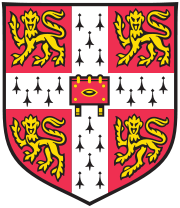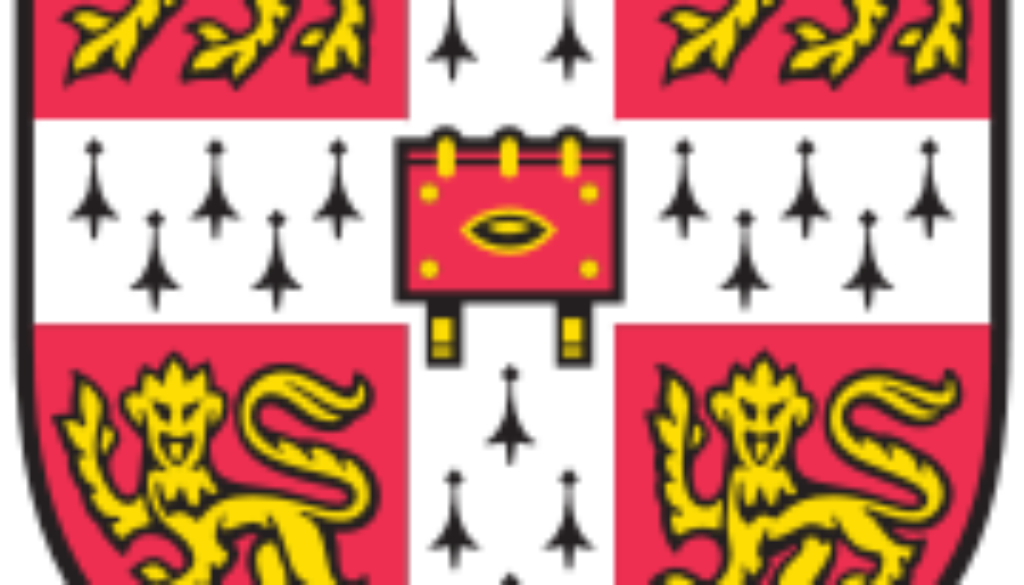The Endangered Alphabets’ European Tour, Part III: Cambridge University
 When I started the Endangered Alphabets Project, I hoped it would take me to many strange places and lead to many unusual experiences. Eating squirrel was not on my list.
When I started the Endangered Alphabets Project, I hoped it would take me to many strange places and lead to many unusual experiences. Eating squirrel was not on my list.
Nor was Iceland. My flight paused at Keflavik, the island capital’s airport, and I was looking forward to seeing, if only from the air on approach and takeoff, the fabled ring of volcanoes, the hot springs, the geysers. As it turned out, it was just as well I got a good look at Greenland as we crossed its southern tip (bitter broken mountains, savage glaciers, a landscape fit only for Orcs) because Iceland was spectacularly absent. We skimmed over a flat brown peninsula dotted with a couple of fishermen’s cottages, landed amid a flat sea of flowering heather, waited an hour and took off again–and that was it. Yes, in the distance were shapes that might have been volcanoes, but there were no hot springs, no geysers–and no Reykjavik. Where had they hidden it? Had the Icelandic economy collapsed to the point where they had actually exported their own capital? (There’s a pun hiding in that sentence, which seems only appropriate, given everything else that was hiding in Iceland.)
After a break but wonderful reunion with most of my extended family in London, it was time to wheel the Alphabets Lite up to Cambridge. The conference was entitled “Charting Vanishing Voices: a collaborative workshop to map endangered oral cultures,” which just goes to show how skillful Mark Turin, the conference’s director, is: he threw a conference about oral cultures and endangered languages but managed to include the Alphabets (not oral at all) by redefining them as a kind of map.
This is not only a cool piece of prestidigitation but also a very provocative idea. Writing, after all, is a means of visually encoding all kinds of information, some of if it readily apparent to the reader, some subliminal, some deeply buried. It’s why both graphic designers and computer code writers find them so interesting: it’s all about the alliance between information and design, and there’s almost no tell how much information can be unpacked from a single word in an unfamiliar script.
What’s more, the very way in which each culture (or the individual inventor of each script) encodes information tells us something. One of the scripts included in the Lite series, Eskayan (from the Philippines), contains a number of characters that look deceptively Western, but many that don’t. There’s a theory, in fact, that it may include some “dummy” characters that have no meaning whatsoever, and are intended just to mess wid’ yo’ head if you don’t happen to be Eskayan.
This is turn leads to the case of a particular chieftain of one of the Solomon Islands, who not long ago decided to create a written version of his people’s language–but now refuses to teach it to outsiders. One version of the story, which I received from an anthropologist who has worked on the island, suggested that he might choose to teach it to individual outsiders for a spectacular fee.
What a provocative idea that is! In an era of globalism and open-source software, we assume it’s a good idea to give everyone access to everything. But what if a people decide that their culture is their own property, not to be revealed to every passing outsider? Or what if an aspect of culture–in this case, a script–is seen as a kind of common intellectual property, and thus a source of communal income? Boy, are these ever good questions for the 21st century.
Back to the conference. I could only be there for the first day, but what a bunch of luminaries were in attendance. Some I had already met by email: Martin Raymond of ScriptSource; Chris Moseley of UNESCO, editor of Ogmios, the publication of the Foundation for Endangered Languages; Lyle Campbell of the University of Hawaii, closely involved in the new UNESCO Atlas of Endangered Languages. Others were luminaries I’d only heard of, or represented organizations and institutions whose attention I had only ever dreamed of attracting such as the School for Oriental and African Studies in London. And best of all, there was a buzz and an excitement in every session and every out-of-session conversation over coffee or sandwiches.
Personally, one of the most interesting outcomes was a series of conversations with Will Hill of Anglia Ruskin University, just across Cambridge from our conference. Will is a typographer, and when he heard about the projected collaboration with members of the indigenous peoples of the Chittagong Hill Tracts (see Episode II of this saga), he was all over it, recognizing at once the need to create a digital typographical expression of an endangered script that remains faithful to its cultural origins, instead of simply looking the way we outsiders think a script should look. Let the plotting begin.
By late afternoon, it was time to remove the Alphabets from their plexiglass display cases, slide them back into their ziplock bags and trundle them off across the medieval sidewalks of Cambridge, first to the remarkable Museum of Archaeology and Anthropology and then to dinner at St. John’s Chop House. The Chop House had clearly undergone the volte-face, common in English pubs, which had led it to reject the ghastly pub food of the past century and go back still farther to the true, Pickwickian roots of English pub food.
To the scholars who had assembled from all over the world, this was anthropologically interesting but gastronomically suspicious. How to distinguish, ontologically, between what you can call authentic and what you can call roadkill? Did the menu really vary depending on what was hit that day by the HGV’s on the M11? Boar, maybe, and pigeon, at a pinch, but squirrel?
Surrounded by people whose field work took them to Papua New Guinea or the remotest valleys of the Himalayas, how could I quail (also on the menu) at such a challenge? I plumped for the squirrel, and it was delicious. Just like rabbit, but without the guilt.
Next: Barcelona!

